Signs to look out for according to the pro
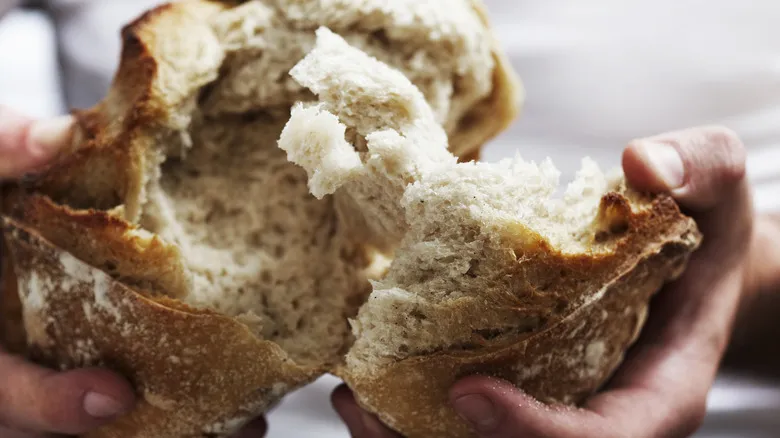
Nathan Myhrvold is well-versed in the art of bread, and he can easily identify when a loaf starts to lose its appeal. He highlights moisture redistribution as a key indicator, explaining that this process causes the once-crisp crust to become chewy as moisture shifts within the loaf, or results in the entire loaf becoming dry. While dry bread can still be enjoyable — and in some cases even desirable (think croutons or bread pudding) — it clearly signals the onset of decay, with mold likely to follow.
Stale bread, another sign of deterioration, is characterized by its dryness and lack of moisture, losing its soft, springy texture and developing a brittle, crumbly feel. Additionally, it loses its fresh flavor. This change involves a different process, as chemical transformations occur in the starches at a molecular level.
Be vigilant for these early signs of a loaf going bad, as they indicate it's time to use up the remaining slices. The final stage is the appearance of mold, and once you notice any, it's too late — there's no saving it. While we all strive to minimize food waste, once bread has spoiled, it’s no longer safe to eat. The USDA advises discarding the entire loaf if you find mold on even a single slice, as consuming mold can be very harmful.
Proper storage and smart usage are key
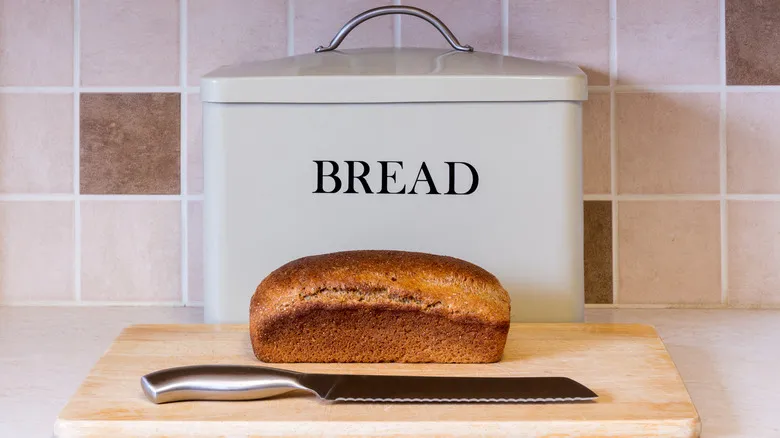
Properly storing bread is crucial—careless storage can lead to changes in moisture levels, accelerating the aging process. This doesn’t simply mean leaving it on the countertop in its original bag with the plastic loosely wrapped or folded over, hoping for the best. Nathan Myhrvold points out that plastic isn’t the ideal material for storage, as loaves sealed in plastic can lose moisture, creating a humid environment inside the bag that promotes mold growth. He recommends discarding the plastic bag and covering your fresh loaf with a breathable material, which, somewhat surprisingly, actually helps slow down moisture redistribution. If you’ve purchased extra bread or have more than you can use soon, the freezer is an excellent option (on the other hand, the fridge should be your last resort for bread storage, so head straight to the freezer!).
Have a loaf that’s nearing its expiration? Don’t throw away stale or dried-out bread, as long as it’s free of mold, according to Myhrvold. Instead, give it a new life by transforming it into delicious DIY croutons, homemade breadcrumbs, or sweet dishes like French toast or bread pudding, both of which are best when made with slightly stale slices.
Recommended

The Smartest Way To Store Cobb Salad So It Stays Fresh
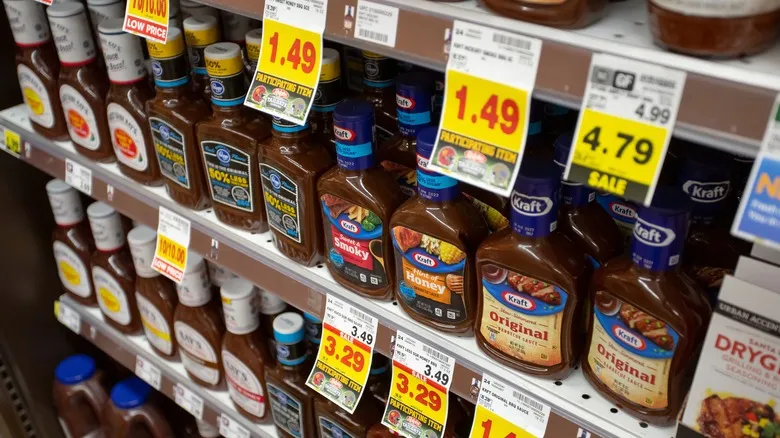
When Does Store-Bought BBQ Sauce Really Go Bad?
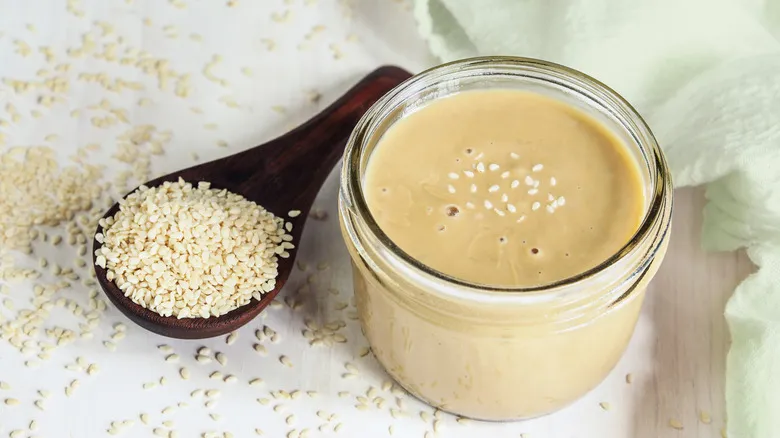
How Long An Open Jar Of Tahini Will Stay Good
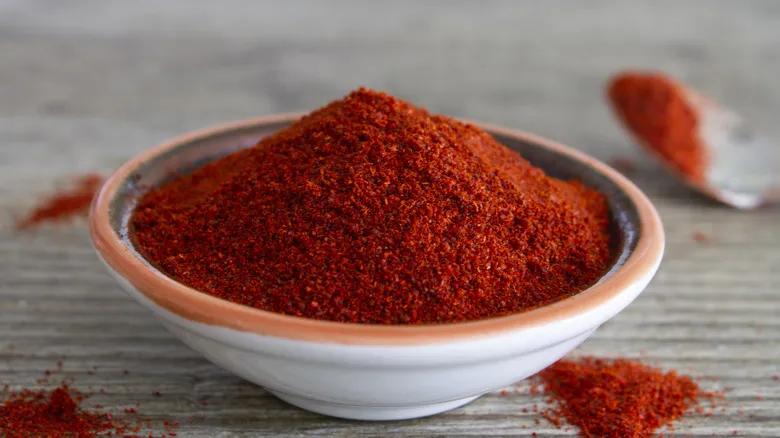
How Often You Should Replace Paprika For The Strongest Flavors
Next up

